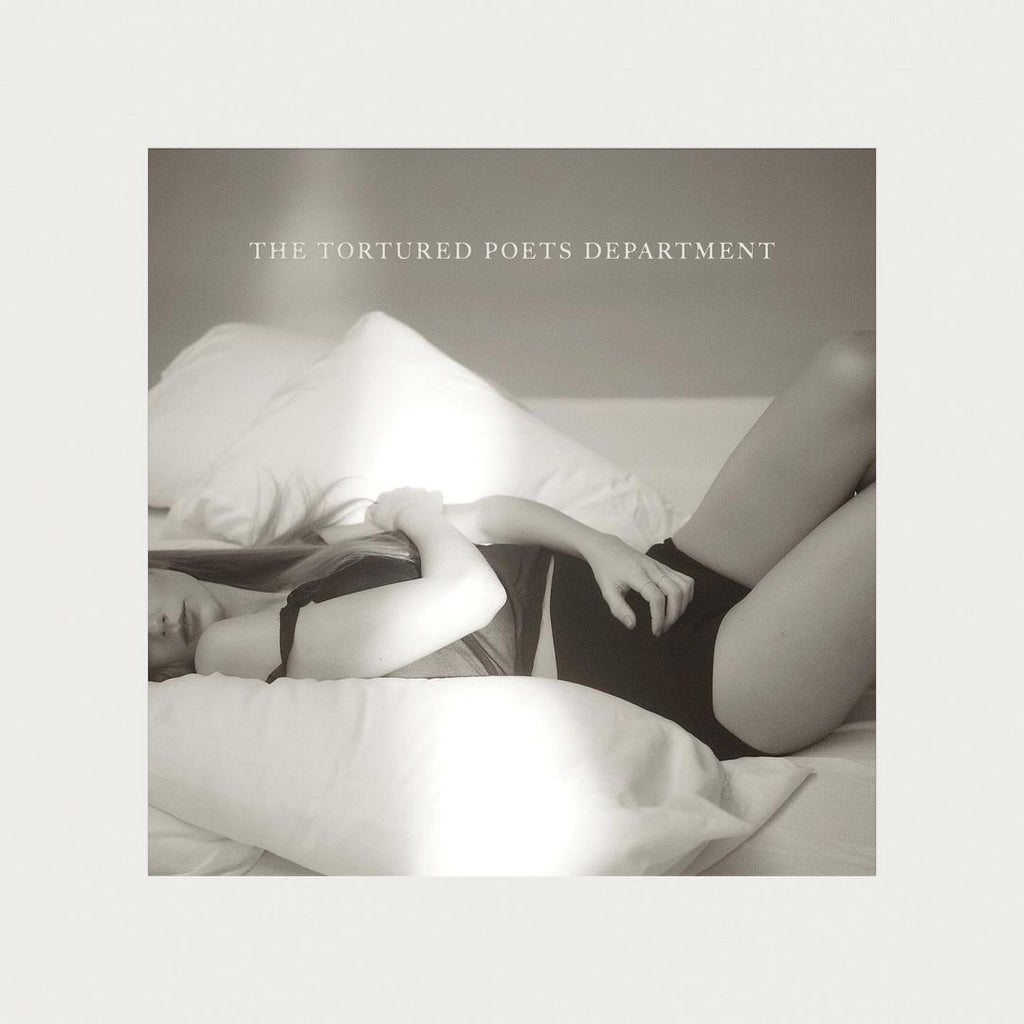Taylor Swift has been a highly contested force in the music industry for years, but one thing remains sure: she has never delivered short in her lyricism. Her most recent album released in April of this year, The Tortured Poets Department, was the latest example of such strengths. It serves as a collection of stories detailing Swift’s life since the drop of her album Midnights in 2022, involving a breakup amidst the record-breaking Eras Tour and the blossom of a new relationship months later. To the typical listener, such meanings behind the music would not be so obvious. Swift is notorious for her metaphors, but the songs in The Tortured Poets Department consist of fictional stories written from the perspectives of children and toys. From “My Boy Only Breaks His Favorite Toys” to “Peter,” Taylor Swift contrasts catchy music and dazzling childlike metaphors with feelings of abandonment and neglect across all people.
“My Boy Only Breaks His Favorite Toys”
Here, gut-wrenching metaphors contrast with upbeat production as Swift writes from the view of a child’s favorite toy. The toy depicted has been played with and used repeatedly by the “boy,” leaving it broken and disheveled, causing the supposed boy to lose interest. This has left the song’s protagonist feeling distraught, neglected, and abandoned. However, the lyrics are painted through denial of such feelings, as the “toy” constantly tries to convince itself that it’s only treated so because it is the boy’s favorite. Such feelings mirror a relationship in which someone is constantly hurt but continues to cling to the feelings of love and favoritism that once existed. The song also illustrates the tendency of young people to bury their pain since they cannot process it. Ultimately, Swift disguises difficult feelings of denial and abandonment with an innocent relationship between a child and their favorite toy.
“Peter”
This emotional piano ballad is told from the perspective of Wendy, the forgotten friend of the famous fairytale “Peter Pan.” Swift puts herself in young Wendy’s shoes as she describes how she waited for her “Peter” to return, yet he never did. The song references childhood promises that were never kept, leaving her to feel mistreated and forgotten. The tones switch between Wendy’s pleading, childlike tone and Swift’s accepting, mature voice. Swift, unlike Wendy, has accepted that “Peter” will never come back, forcing her to move on. Comparable to “My Boy Only Breaks His Favorite Toys,” this song exemplifies the inability to move on when feelings are unresolved or left uncertain. Swift’s depiction of yearning and betrayal across all ages epitomizes the complexity and longevity of human feelings.
These metaphors may be a part of a bigger message that a painful relationship can stir up buried childhood trauma. The lyrics suggest the tendencies of adults who have experienced neglect or abandonment in their youth to fall into similar relationships later. Perhaps Swift writes from the perspective of a child or a toy to give herself a better understanding of her own emotions during a breakup. Swift’s imagination of herself as these characters with no control over their painful situations could potentially symbolize her own personal lack of control. She may gain a greater sense of authority over such issues that may feel unmanageable.
What do these lyrics mean for listeners? Swift certainly captures painful human emotion across her music and has helped many heartbroken people work through their pain. She uses her writing as a tool to cope and grieve but also to uncover the traumas she endured. Swift delivers a detailed writing style that exhibits the harsh truths of her prior relationships and brings forth the anger and despair left over. This tell-all, expose style of writing is a matter of healing, but it also signals to listeners that their pain is not always theirs to hold onto. From women like influencer Brooke Schofield exposing a manipulative ex-boyfriend on TikTok to others like Madeline Argy detailing the lies she was fed in her relationship with rapper Central Cee, a new era of media has arisen. People are coming forward about their stories of trauma, abuse, and pain on the internet. While much more explicit and less anonymous than Swift’s songwriting, these stories share a common ground. It seems that this recent surge of women coming forward about their breakups comes from the same birthplace of Swift’s writing: the need to gain control over the situation and heal. Or maybe, for users on TikTok, it may serve as a sense of warning or repairing the image the media imposes. Perhaps, Swift’s lyricism has inspired a newfound sense of reclaiming one’s emotional turmoil and turning it into something others can appreciate.
Taylor Swift’s newest album has certainly demonstrated her dynamic talents as a lyricist. From writing from the perspective of a fairy tale character to that of a toy, her storytelling can encapsulate all ages and relate to various forms of pain, heartbreak, or despair. It is no surprise that Swift’s songwriting has inspired many other young women to use words as a tool to reclaim their pain. She can write uniquely personal metaphors, fictional stories that demonstrate her imagination, or a stunning amalgamation of several elements. Swift has an unrivaled talent for capturing incredibly complex feelings in life and transforming them into songs cherished by millions.



